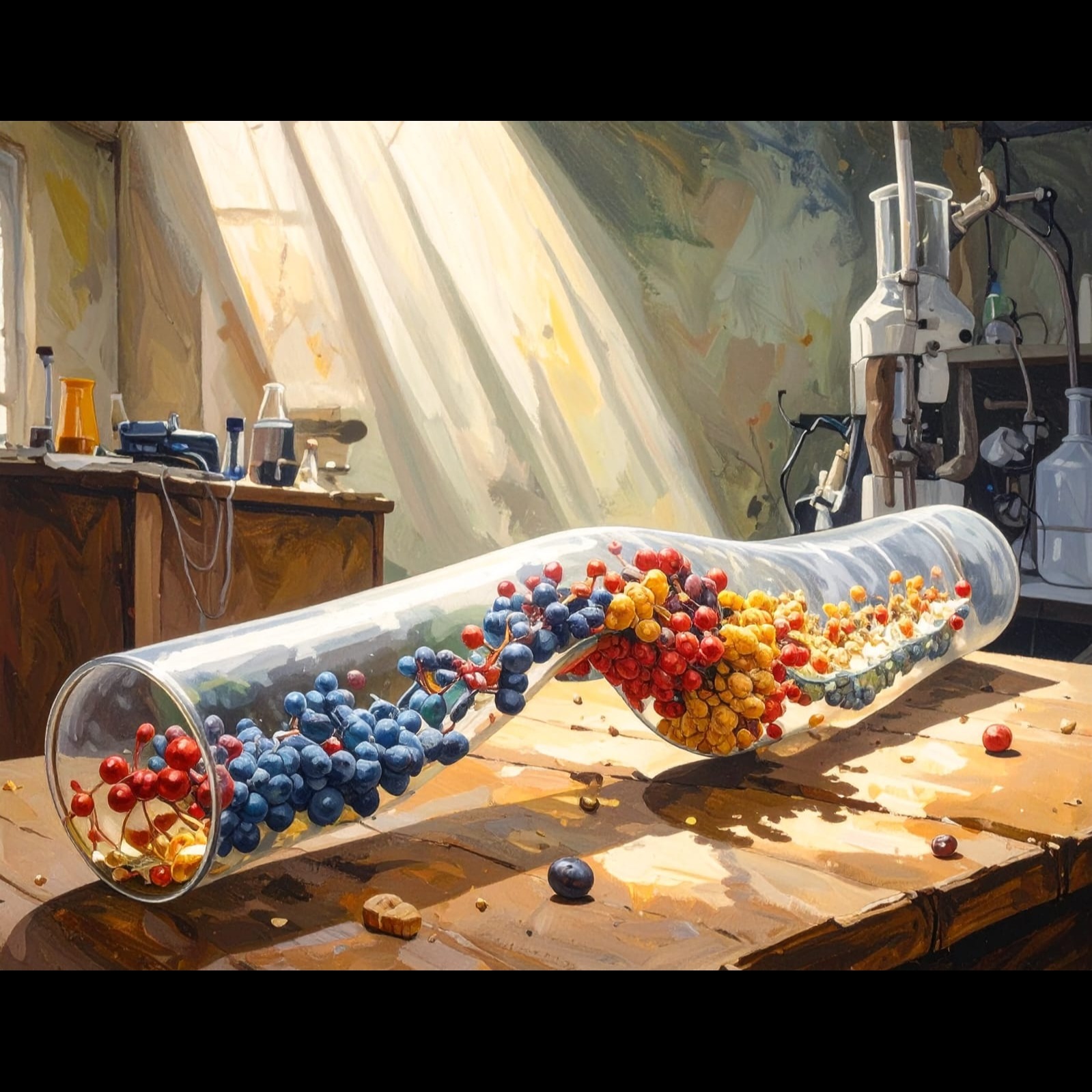+918042781554

This is your website preview.
Currently it only shows your basic business info. Start adding relevant business details such as description, images and products or services to gain your customers attention by using Boost 360 android app / iOS App / web portal.
Cholesterol and Lipoproteins: The Transport System

Cholesterol doesn’t travel through the bloodstream on its own. Instead, it is carried by lipoproteins, which are particles made up of fat and protein. These lipoproteins come in different types, each playing a distinct role in the transport of cholesterol and other fats. The two most important lipoproteins are: Low-Density Lipoprotein (LDL): Often referred to as “bad cholesterol, ” LDL carries cholesterol from the liver to the arteries. While LDL itself isn’t harmful, when it becomes oxidized, it can contribute to the formation of plaque in the arterial walls, a key factor in atherosclerosis. It’s the accumulation of oxidized LDL that leads to the buildup of fatty deposits in the arteries, which can ultimately lead to heart disease. High-Density Lipoprotein (HDL): Referred to as “good cholesterol, ” HDL helps remove cholesterol from the arteries and transport it back to the liver, where it can be processed and excreted. Higher levels of HDL are associated with a lower risk of heart disease because it helps clear cholesterol from the arterial walls, preventing plaque formation. There are also other lipoproteins, such as very-low-density lipoprotein (VLDL) and intermediate- density lipoprotein (IDL), but LDL and HDL are the most clinically relevant when it comes to assessing cardiovascular risk.

